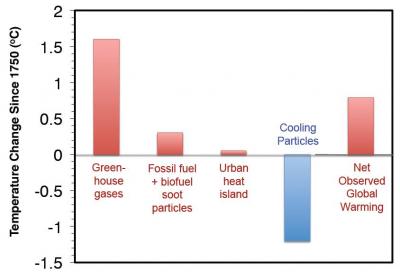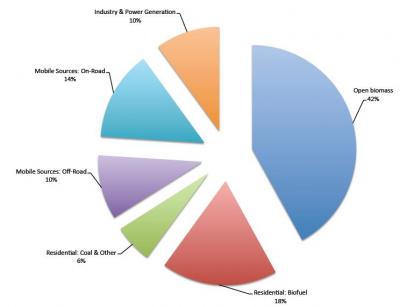New Princeton Report on Climate Impacts of Black Carbon
Princeton University has just published Black Carbon: A Review and Policy Recommendations and Frank Norcross (one of the authors) sent me an early but final copy – you’ll recognize that many of the people acknowledged are from our stove community, with Tami Bonds contributing very obviously throughout. The report ascribes 18% of black carbon (BC) emissions to residential biomass burning (inefficient home coal and petroleum stoves add additionally?), and differentiates between combustion processes’ “organic carbon” and “black carbon” (à la Tami’s and Chris Roden’s presentations at ETHOS) – contained burning has the potential for climate warming via BC while open burning (of forests and savannas) may induce cooling effects because the organic carbon particles scatter sunlight.
Appropriately, the recommendations for reducing the impacts of stoves (Chapter 4) includes the implementation of more efficient ones, with better interventions and monitoring to increase acceptance rates, and clearly demonstrate that they are being used as they are designed to be; as usual we have out job cut out for us. Biochar is discussed as well, as a mitigation measure – assuming that charcoal product is “clean” I expect. Whatever your opinion of the possible present/future impacts of we multiplying humans on climate change, this is excellent reading and a good review of the present knowledge as it pertains stovers.


